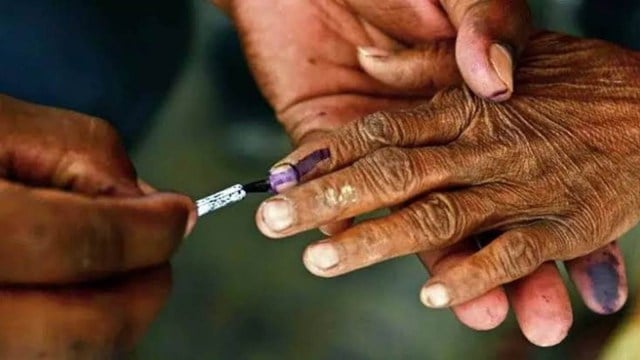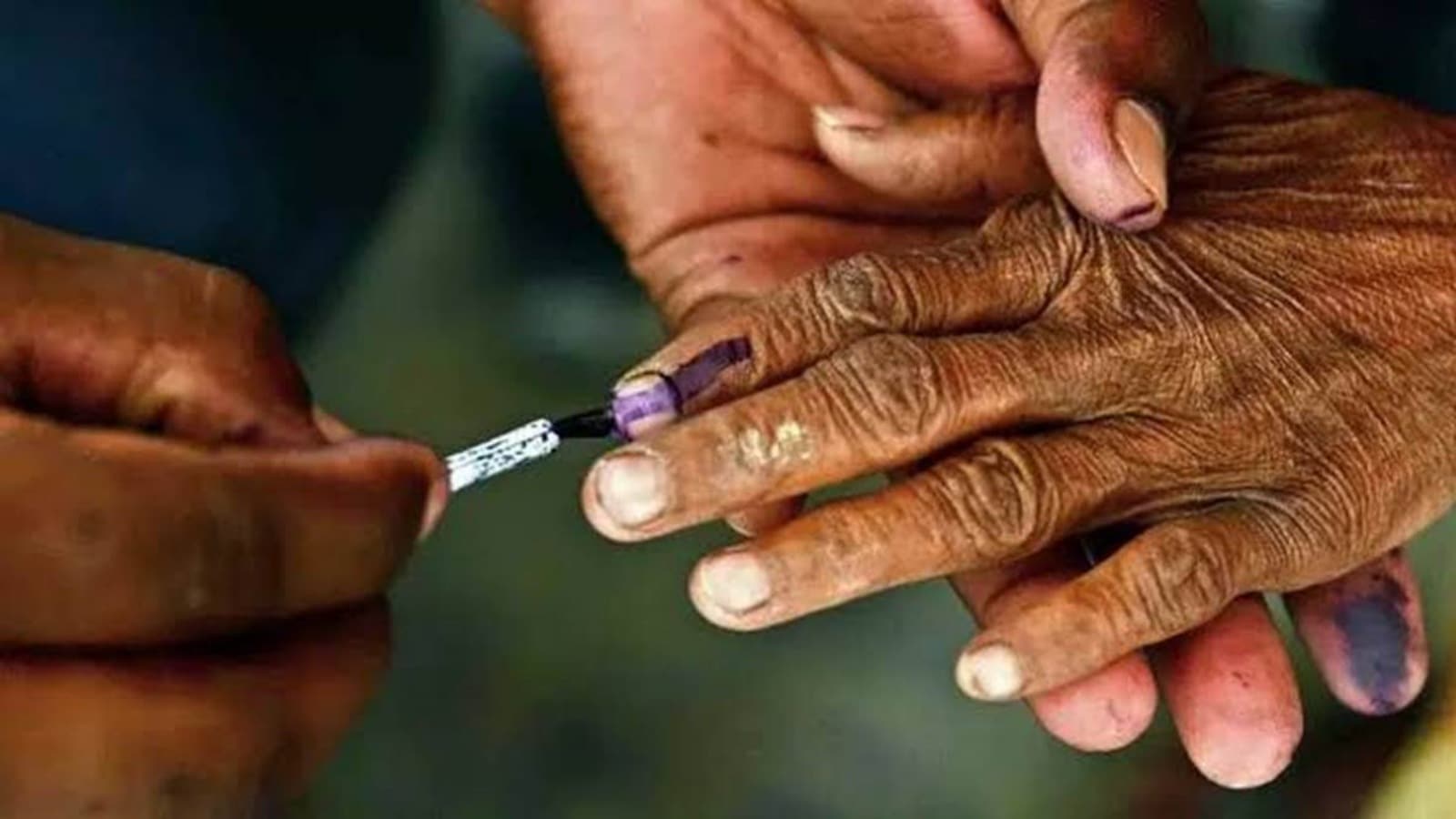
The true intention of the government in constituting the High Level Committee on Simultaneous Elections was exposed by the Terms of Reference. The first ToR asked the Committee to “examine and make recommendations for holding simultaneous elections …..” The Committee’s implied mandate was to recommend that simultaneous elections to the Lok Sabha and the 28 states of India (and the Union Territories with Legislative Assemblies) were feasible and desirable. It had no mandate to make a recommendation against the idea of holding simultaneous elections. The Committee faithfully fulfilled the mandate.
No Scholarly Body
The composition of the Committee also betrayed the bias in the so-called study. Only one among the Chairman and 8 members was a constitutional expert. Another member was well-versed in parliamentary procedure but had not practised or taught law. Two were politicians and one was a bureaucrat-turned-politician. Three were life-long civil servants. The appointment of Mr Ram Nath Kovind to the Chair was an adornment and may have been intended to add gravitas to the Committee. Whatever the Committee was, it certainly was not a body of constitutional scholars.
As widely expected, the Committee recommended that elections to the Lok Sabha and the state assemblies should be held once in five years simultaneously. To the best of my knowledge, there is no precedent in any large, federal and democratic country. The comparable models are the United States, Australia, Canada and Germany. In the U.S., elections to the House of Representatives are held once in two years, elections to the office of President and Governors are held once in four years and not simultaneously, and elections to the Senate are held over six years in three biennial cycles. Recently, two states of the Federal Republic of Germany — Thuringia and Saxony — held elections according to their own election cycle that was different from the election cycle to the Bundestag (National parliament).
The Kovind Committee was exploring an idea that was the anti-thesis of a federal, parliamentary democracy. In a parliamentary democracy, the elected government is responsible to the people’s representatives every day and there is no assured term for the Executive. The choice of the political model was debated by the Constituent Assembly. The Constitution-makers rejected decisively the Presidential system and opted for the parliamentary system, because they believed that the parliamentary system would be more suitable to India’s heterogeneity.
Formulae & Formulations
The Kovind Committee report is a mixture of arcane algebraic formulae and simplistic legal formulations. The Committee has acknowledged that the proposal to hold simultaneous elections would require amendments to the Constitution: new Articles 82A, 83(3), 83(4), 172(3), 172(4), 324A, 325(2) and 325(3) will be introduced and Article 327 will be amended. The effect of these new provisions and amendments will be to synchronize the end date of the life of a State Assembly with the end date of the life of the Lok Sabha.
Suppose the Constitutional amendments are passed in November-December 2024 (as hinted by the government) and simultaneous elections are scheduled in 2029. State Assemblies that will be elected in 2025, 2026, 2027 and 2028 (altogether 24) will have their term curtailed by 1 to 4 years! Imagine electing a State Assembly in 2027 for only two years or in 2028 for just one year! Why would the people of the State and the political parties accept such an election? Worse, if an election threw up a hung Assembly; or if an elected State government is defeated on the floor of the Assembly; or if a chief minister resigned and no one is able to muster a majority: in such situations there will be a fresh election for the remainder of the term of five years which could be even for a few months! Such elections would be farcical and only political parties or candidates with lots of money (remember electoral-bond rich parties) can contest such elections. The recommendations will give a handle to the chief minister to keep his disgruntled MLAs on leash by holding out a threat of fresh elections for a truncated term.
No Free Pass
Kovind Committee recommendations fly in the face of history. In the 7 decades of elections between 1951 and 2021, there was a period of instability in only two decades, 1981-1990 and 1991-2000. There has been remarkable stability since 1999.
Further, most state governments/ Assemblies completed 5 years. Staggered elections did not affect economic growth: the UPA delivered an average growth rate of 7.5 per cent over 10 years and the NDA has claimed that it did better in its 10 years.
The Kovind Committee assumed, wrongly, that the NDA government will be able to pass the Constitution Amendments Bills in Parliament. On the contrary, the Opposition can easily muster 182 MPs in the Lok Sabha and 83 MPs in the Rajya Sabha to defeat the Bills. One Nation One Election is intended to impose One Narrative on a plural and diverse country. ONOE will, I hope, be dead on arrival.



